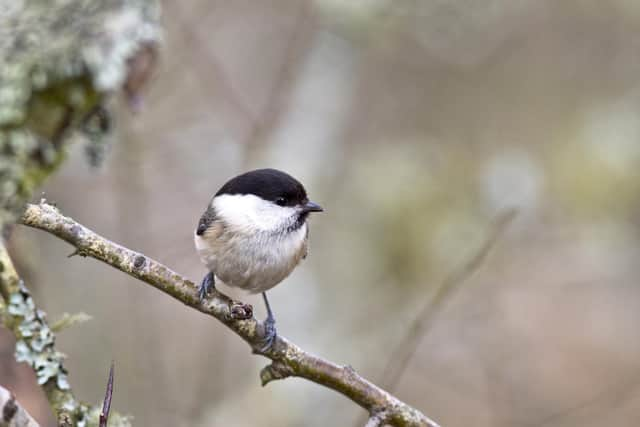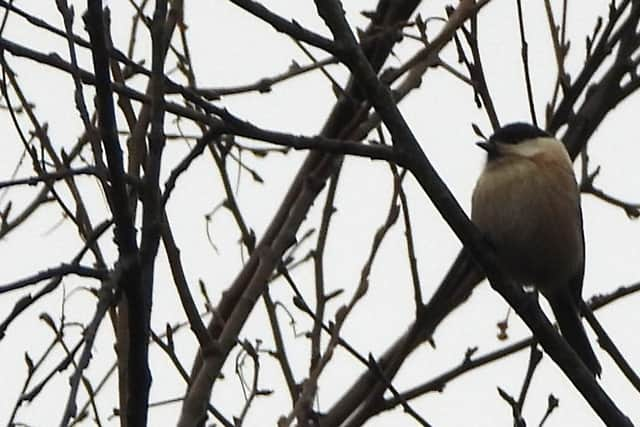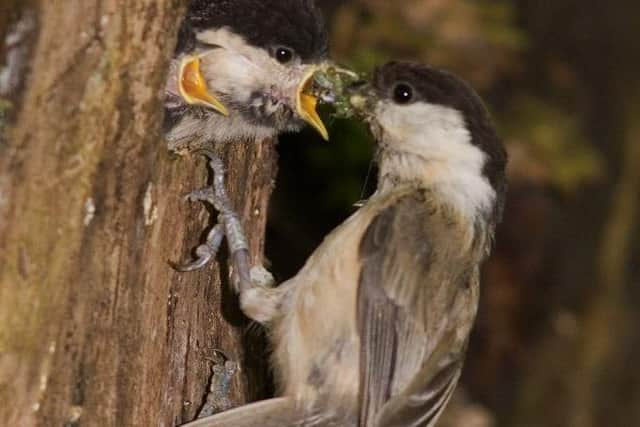Plan to boost the ‘scruffy’ habitats of tiny endangered bird with a stronghold in Wigan
and live on Freeview channel 276
Willow tits are the most endangered small birds in the UK. Their numbers have dropped by more than 90 per cent in just over half a century – in their Greater Manchester stronghold, breeding pairs have decreased from 300 in 1984 to around 120 according to estimates.
Now the Wildlife Trust for Lancashire, Manchester and North Merseyside (LWT) and The Conservation Volunteers (TCV) have joined forces to devise a rescue plan to reverse this decline in the population of the small bird.


Advertisement
Hide AdAdvertisement
Hide AdThe Wet Willow Wildlife project will gather data on the health of willow tits using volunteers, work with land owners to increase willow tit habitat and improve connectivity between areas where they live, benefitting a whole host of other creatures into the bargain.
Matt McMullen, senior nature recovery officer at LWT, said: “Willow tit in our region like woodland that many people would see as scruffy, with impenetrable brambles, rotting wood and wet ground. These damp areas provide the conditions for willow tit to dig nest holes, which they do every year. Making space for this unruly habitat is important to their survival and thriving in the region.
“It is important that their territories are connected. The undervalued habitat on which they rely can be lost too and become broken up through development, and if left can become too mature.
“We want to demonstrate the importance of the messy woodland on which willow tit and other special species rely. Though open woodland with ground flora such as bluebells, which we enjoy this time of year, is valuable, this habitat does not suit willow tit, whose decline we are hoping to address.”


Advertisement
Hide AdAdvertisement
Hide AdMore than 15 per cent of the UK’s willow tits are found in the North West, with Wigan being a central point with the network radiating out along river valleys.
LWT and TCV will work with landowners/stakeholders like the Woodland Trust, Trafford Council and Mersey Gateway Environment Trust, as well as partners in the Great Manchester Wetlands.
Willow tits are black, pale brown and white in colour. They have a pale panel on the wings and a sooty-black cap and bib. Theirs is a distinctive, nasal “zee, zee, zee” call, which is often the most reliable way to identify the bird.
The aim of the Wet Willow Wildlife project is to boost the willow tit’s chances of survival by connecting its habitats and eventually allowing these areas to be created naturally. They tend to be messy, damp and unruly but they are great places for willows tits and other creatures to find food and protection from predators.


Advertisement
Hide AdAdvertisement
Hide AdThe project also has many benefits for people getting involved in surveying and volunteering.
The Wet Willow Wildlife project is funded by the Government's Species Survival Fund. The project is being delivered by the National Lottery Heritage Fund in partnership with Natural England and the Environment Agency.
For more details of the Wet Willow Wildlife project, go to www.lancswt.org.uk
Comment Guidelines
National World encourages reader discussion on our stories. User feedback, insights and back-and-forth exchanges add a rich layer of context to reporting. Please review our Community Guidelines before commenting.
